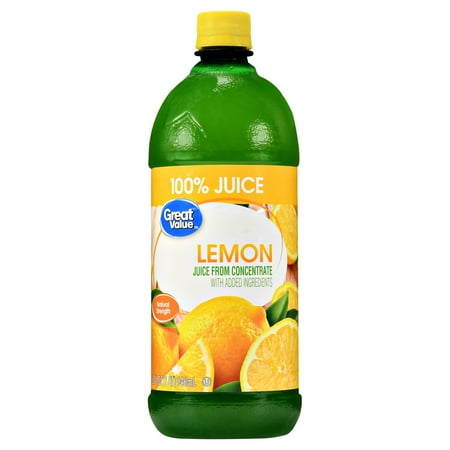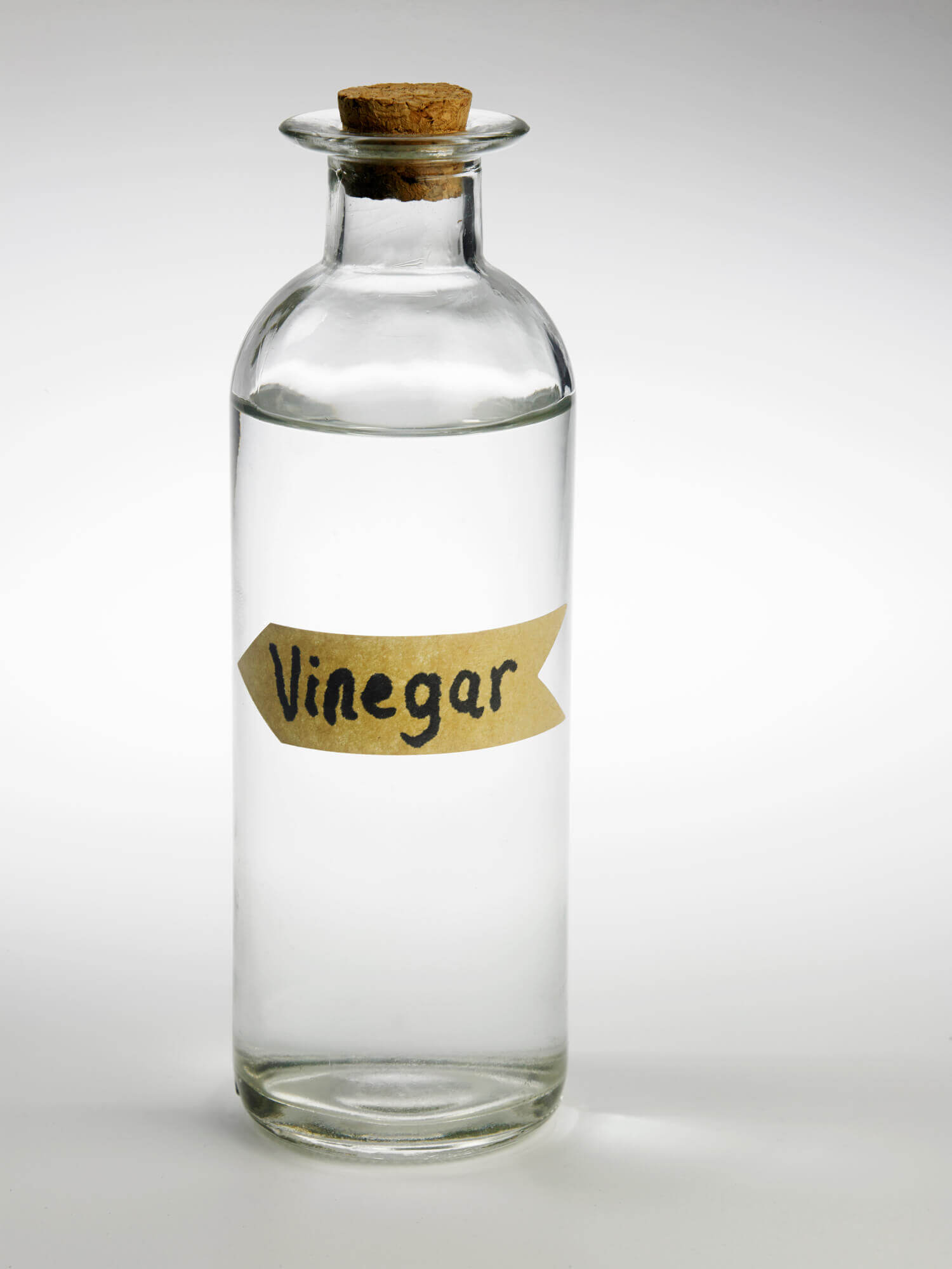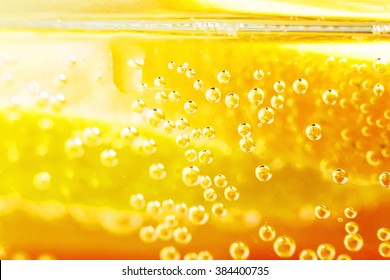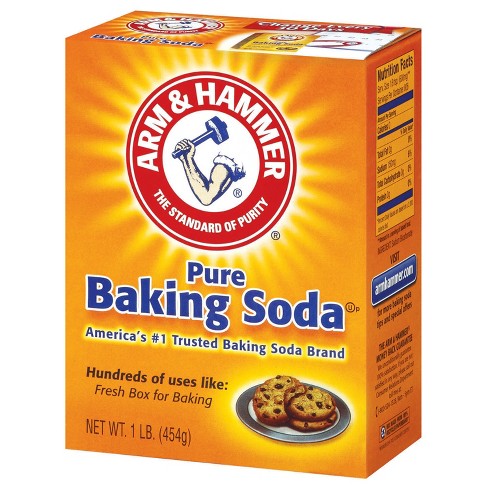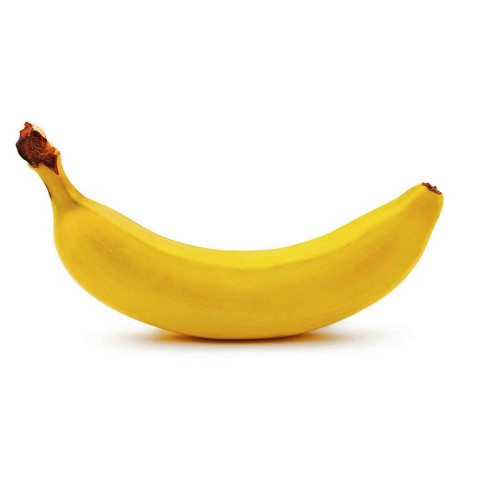FLIGHT
Aim: To learn about flight and aerodynamics.
- In your groups of 3 you will make a paper plane and measure its distance and behaviour.
- In groups of 3 you will make a water rocket and record its distance and behaviour.
the action or process of flying through the air
4 forces of flight:
- Gravity
- Thrust
- Drag
- Lift
Paper Plane:
Material:
1. Paper x1
2. Paper clip x1
3. Ruler x1
4. scissors x1
Steps:
1. fold in half and make a cress line
2. unfold paper
3. fold two corners into the cress line
4. fold paper vertically in half5. fold paper landscape in half
6. flip paper over
7. fold two wings on both sides
Findings:
Plane Type
|
Distance
|
Behaviour
|
Normal
| 3.8 meters | straight |
Ailerons
| 2.8 meters | swooped |
| Paper clip | 3.1 meters | straight |
Conclusion:
The four forces of gravity are: Gravity, Thrust, Drag and Lift.
We also found out how what you do to things change the way the react in the air.
When we did nothing to the plane it went to furthest, the plane also went straight. It went 3.8 meters. This was because the plane had nothing done to it.
When we added Ailerons to the plane the plane didn't do that far , the plane went swooped. It went 2.8 meters. This was because the ailerons was like a brake and slowed the plane down.
When we added a paper clip to the tip of the plane it wasn't the furthest but not the least furthest, it went straight through the air. It went 3.1 meters. This was because the plane was pulled down by the paper clip.
The normal plane went the furthest. The plane with the paper clip was second and the plane with ailerons went the least furthest.
BYE!











